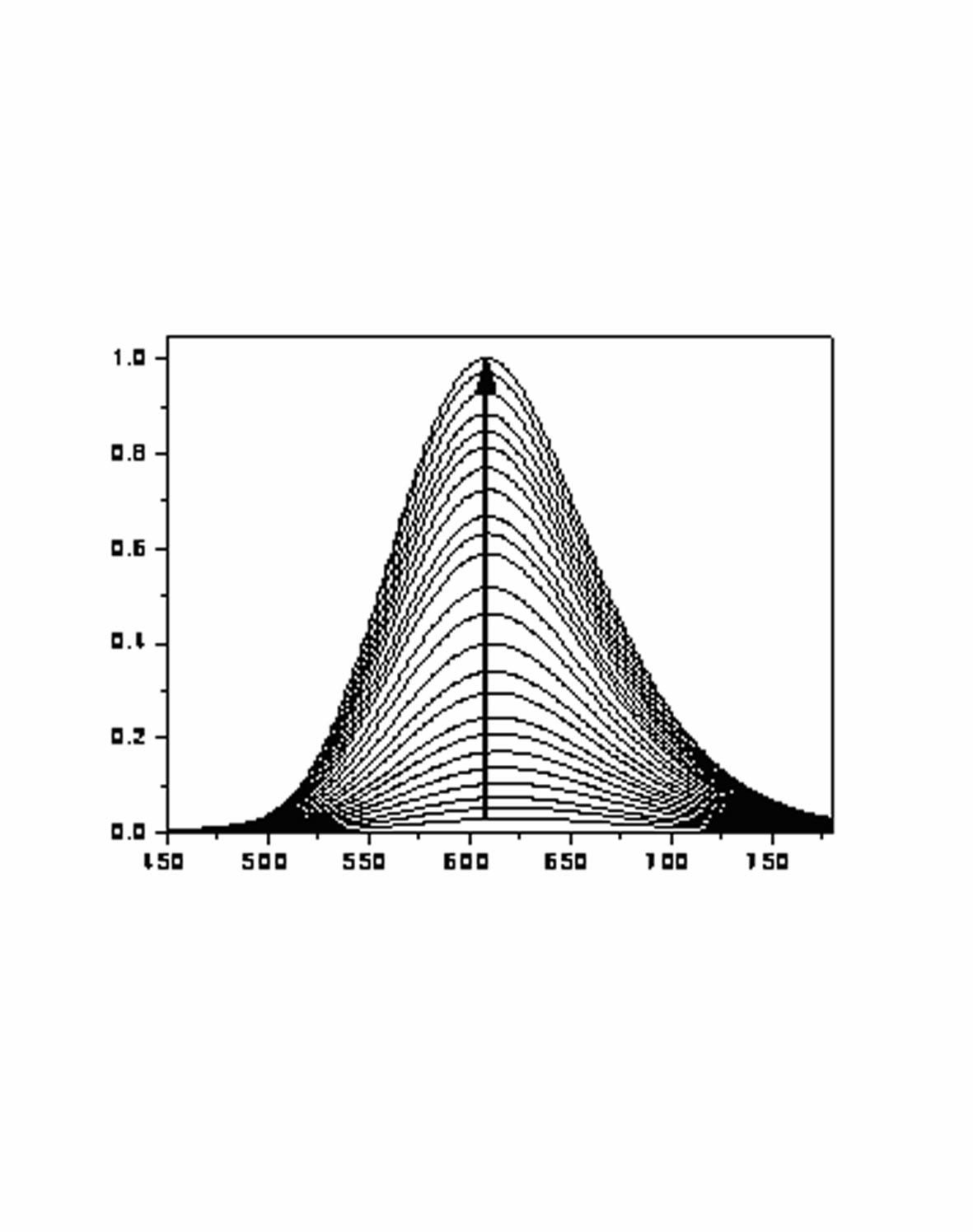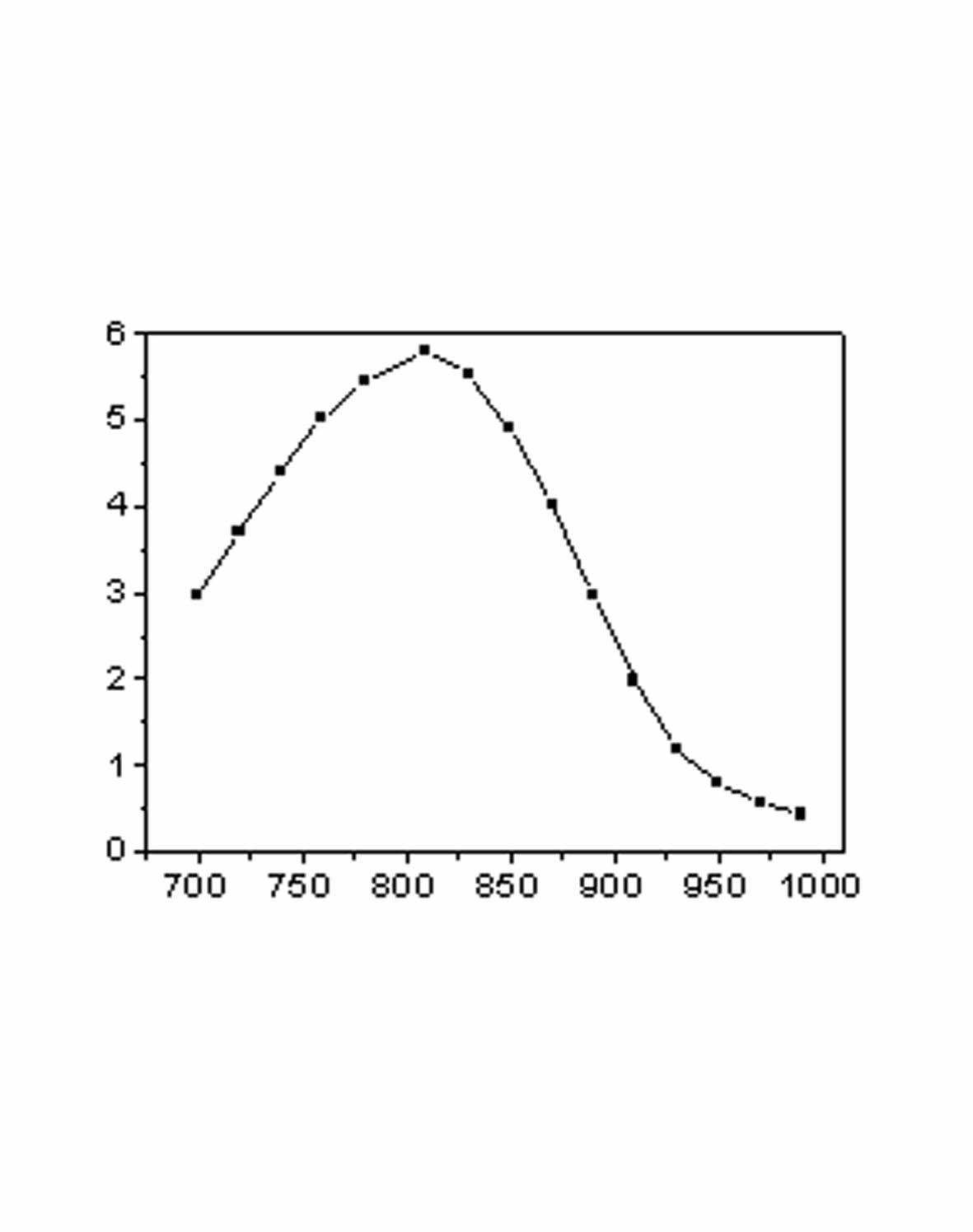Stilbene two-photon fluorescence probe for detecting zinc ion in cell
A technology of stilbene and two-photon fluorescence, which is applied in the direction of fluorescence/phosphorescence, luminescent materials, chemical instruments and methods, etc., can solve the problems of large interference in cell detection, achieve good cell permeability, no toxic side effects, chemical -Good photostability effect
- Summary
- Abstract
- Description
- Claims
- Application Information
AI Technical Summary
Problems solved by technology
Method used
Image
Examples
Embodiment 1
[0037]
[0038] (1) Synthesis of Intermediate 2
[0039] Measure dichloromethane (50 mL) with a graduated cylinder, place it in a 150 mL double-necked round-bottom flask, accurately measure p-xylene (16.96 g, 0.16 mol, 19.8 mL) with a pipette and drop it into dichloromethane , Weighed elemental iodine (0.1 g, 0.8 mmol) and added it to the mixture, installed an air condenser on one of the openings of the flask and connected it to a tail gas recovery device, installed a constant pressure feeder on the other opening of the flask, and used a pipette Accurately measure the liquid bromine (18 mL) in the liquid pipe and transfer it to the constant pressure feeder, and add a layer of water (about 0.3 ~ 0.5 cm) on the top surface of the liquid bromine to prevent the liquid bromine from volatilizing, and then pour it on the top of the constant pressure feeder. Mouth capped. The temperature of the reaction system was controlled at 12 °C, and liquid bromine was added dropwise to the m...
Embodiment 2
[0054] The selectivity to zinc ions was evaluated using Compound I-1 synthesized above. Add 1 mM compound I-1 to 20-fold excess of various metal ions in MOPS buffer at pH 7.2 (100 mM KCl, 10 mM EGTA, pH 7.2. EGTA = ethylene glycol bis(2-aminoethyl ether) N ,N,N',N'-tetraacetic acid, and MOPS = 3-(morpholino)propanesulfonic acid) (divided into two cases with 1 mM zinc ions and without zinc ions), the single-photon excitation wavelength of the probe is 403 nm , the emission wavelength is 610 nm, and the test results are shown in Figure 5 middle. It can be seen from the figure that the probe I-1 has a high selectivity for zinc ions, and the addition of zinc ions produces a large fluorescence quenching. In addition, metal ions such as sodium, potassium, calcium, magnesium, and manganese have no effect on the detection. interference.
[0055] Example 3
Embodiment 3
[0057] Use the compound I-1 synthesized above to evaluate the response to pH. For compound I-1, adjust the pH value to about 1.0 in an aqueous solution with an ionic strength of 0.1. After measuring the fluorescence intensity, add lye to slowly increase the pH value. Record the corresponding changes in fluorescence intensity, and the test results are displayed in Figure 6 middle. It can be seen from the figure that the probe I-1 is within the physiological pH range, and the pH change basically has no effect on the fluorescence emission. Therefore, probe I-1 can be used for the detection of intracellular zinc ions in a large pH range.
[0058] Example 4
PUM
 Login to View More
Login to View More Abstract
Description
Claims
Application Information
 Login to View More
Login to View More - R&D
- Intellectual Property
- Life Sciences
- Materials
- Tech Scout
- Unparalleled Data Quality
- Higher Quality Content
- 60% Fewer Hallucinations
Browse by: Latest US Patents, China's latest patents, Technical Efficacy Thesaurus, Application Domain, Technology Topic, Popular Technical Reports.
© 2025 PatSnap. All rights reserved.Legal|Privacy policy|Modern Slavery Act Transparency Statement|Sitemap|About US| Contact US: help@patsnap.com



